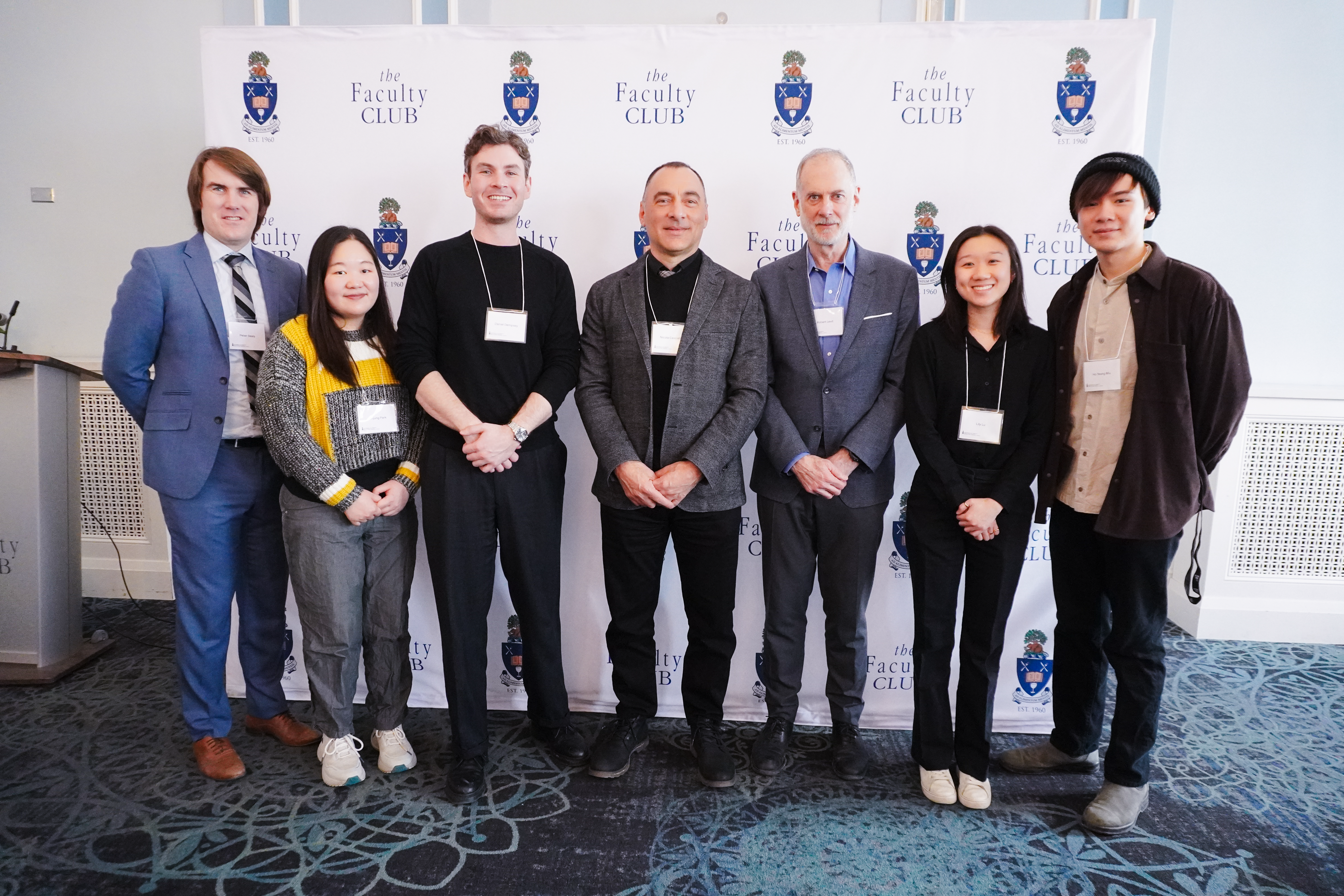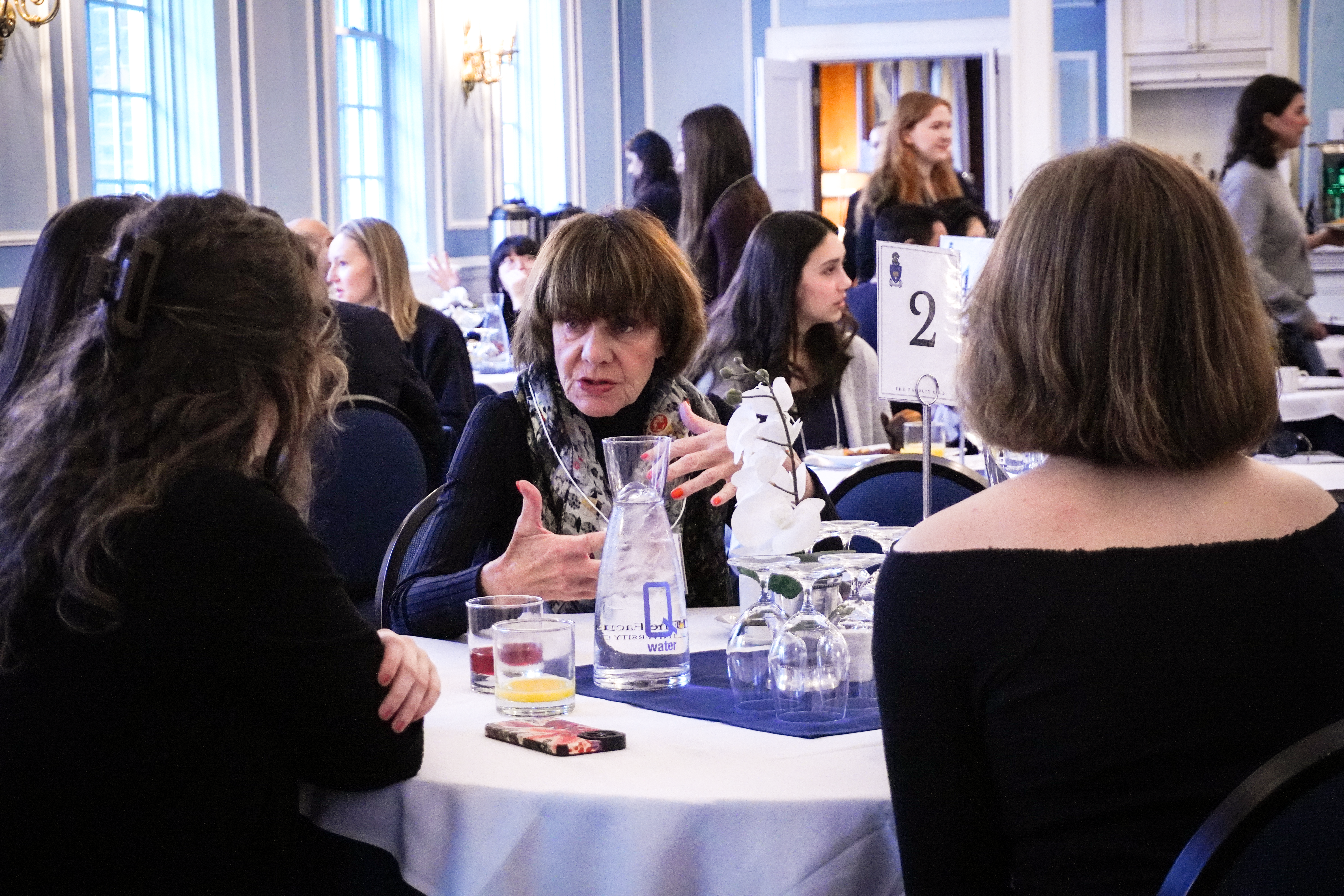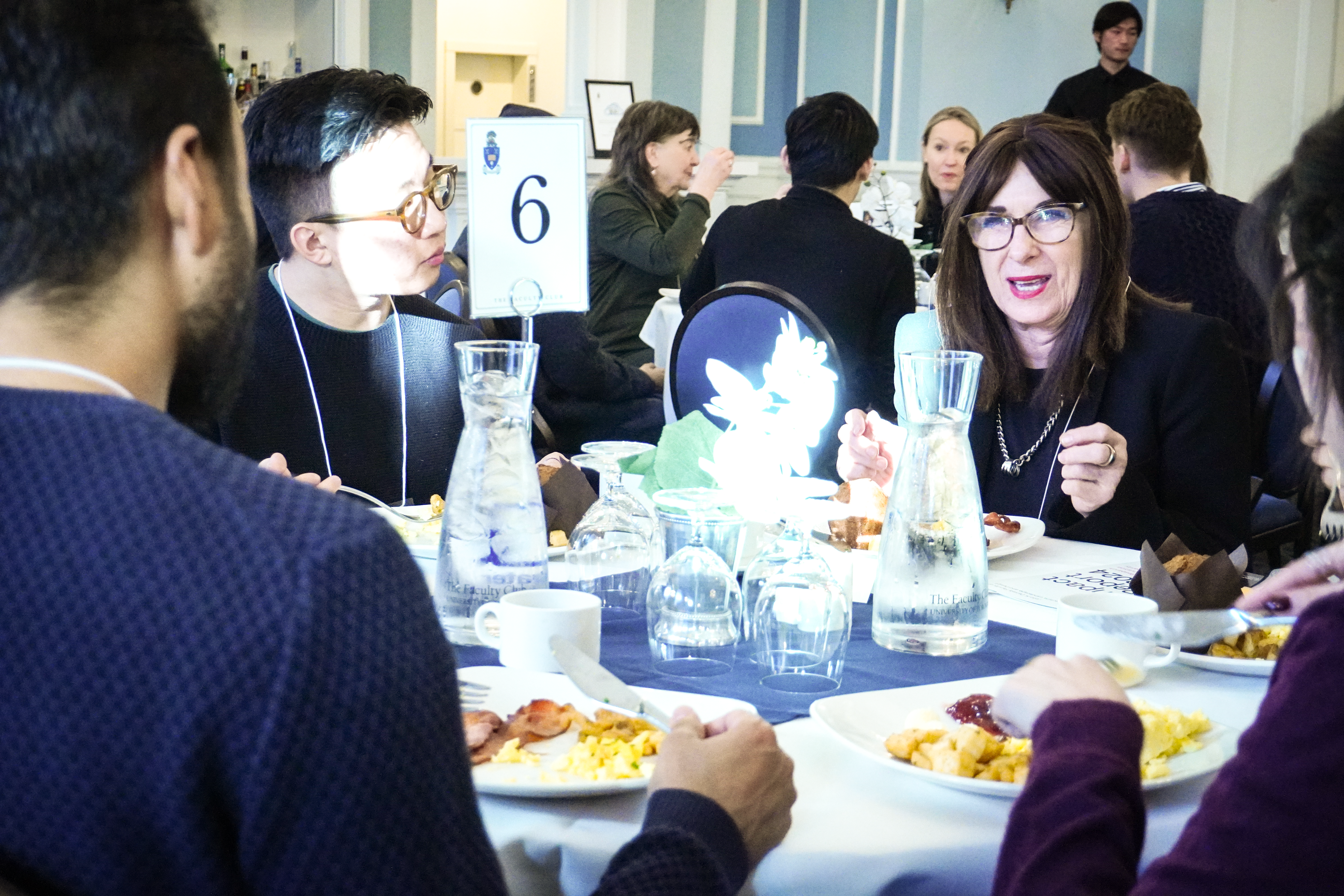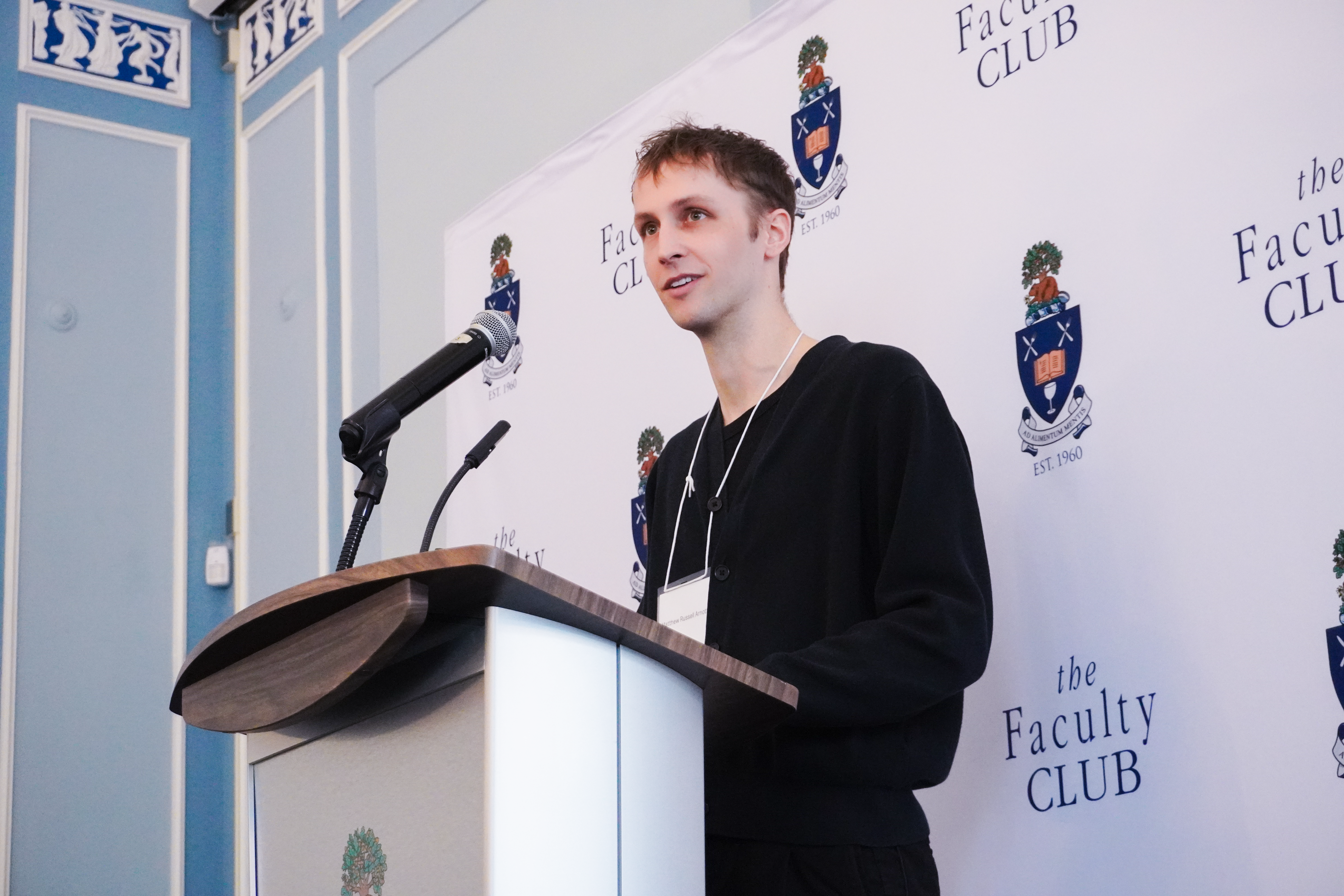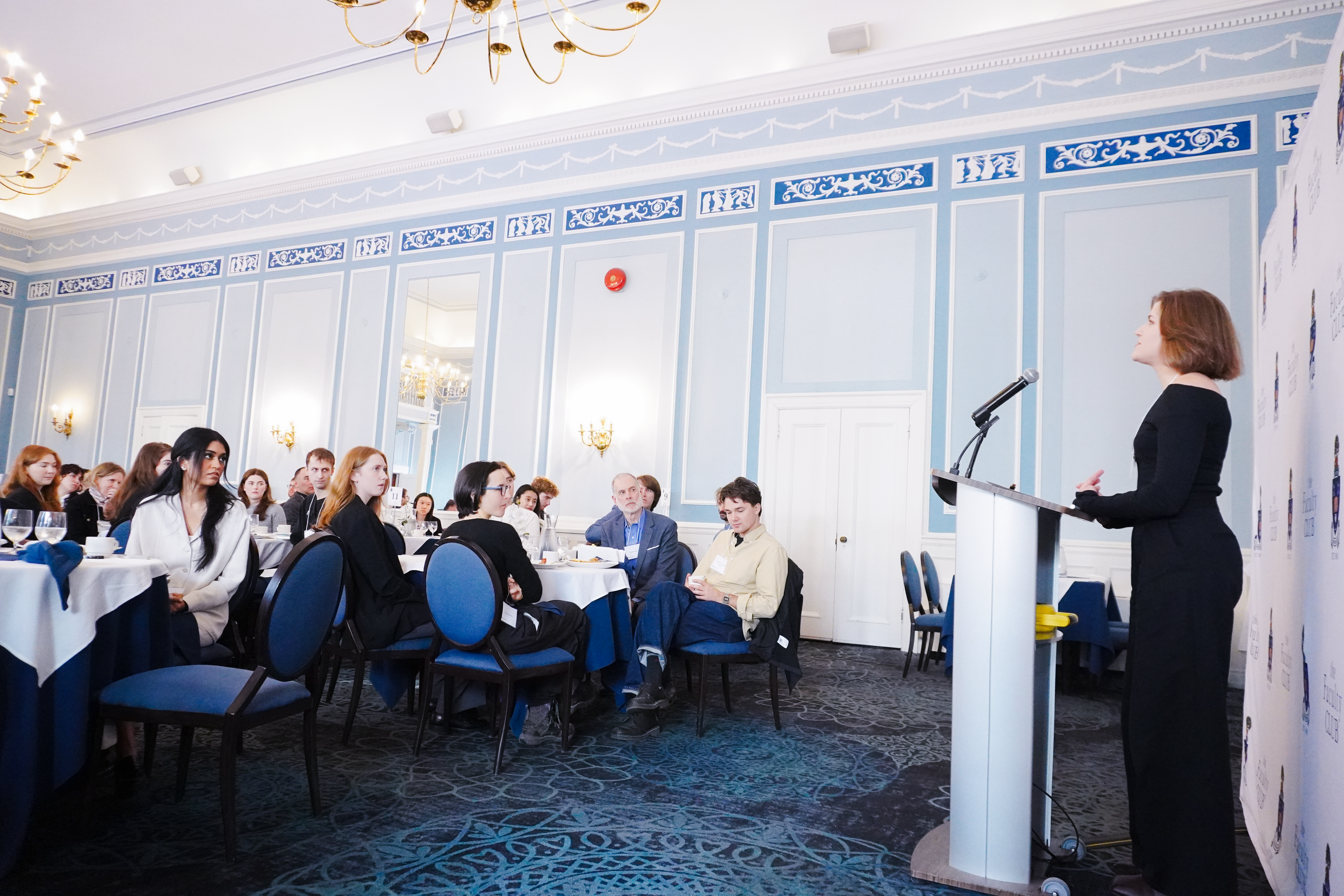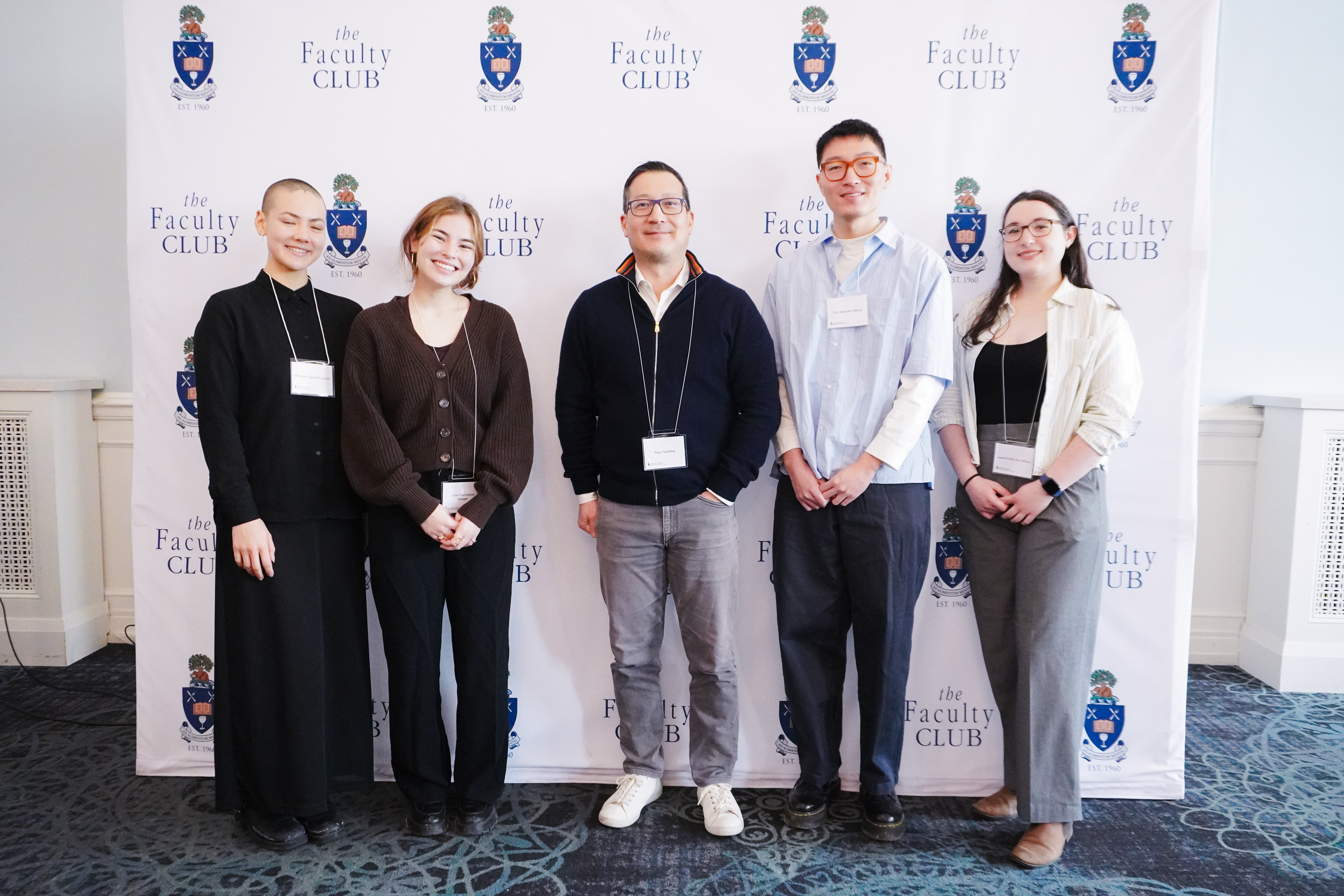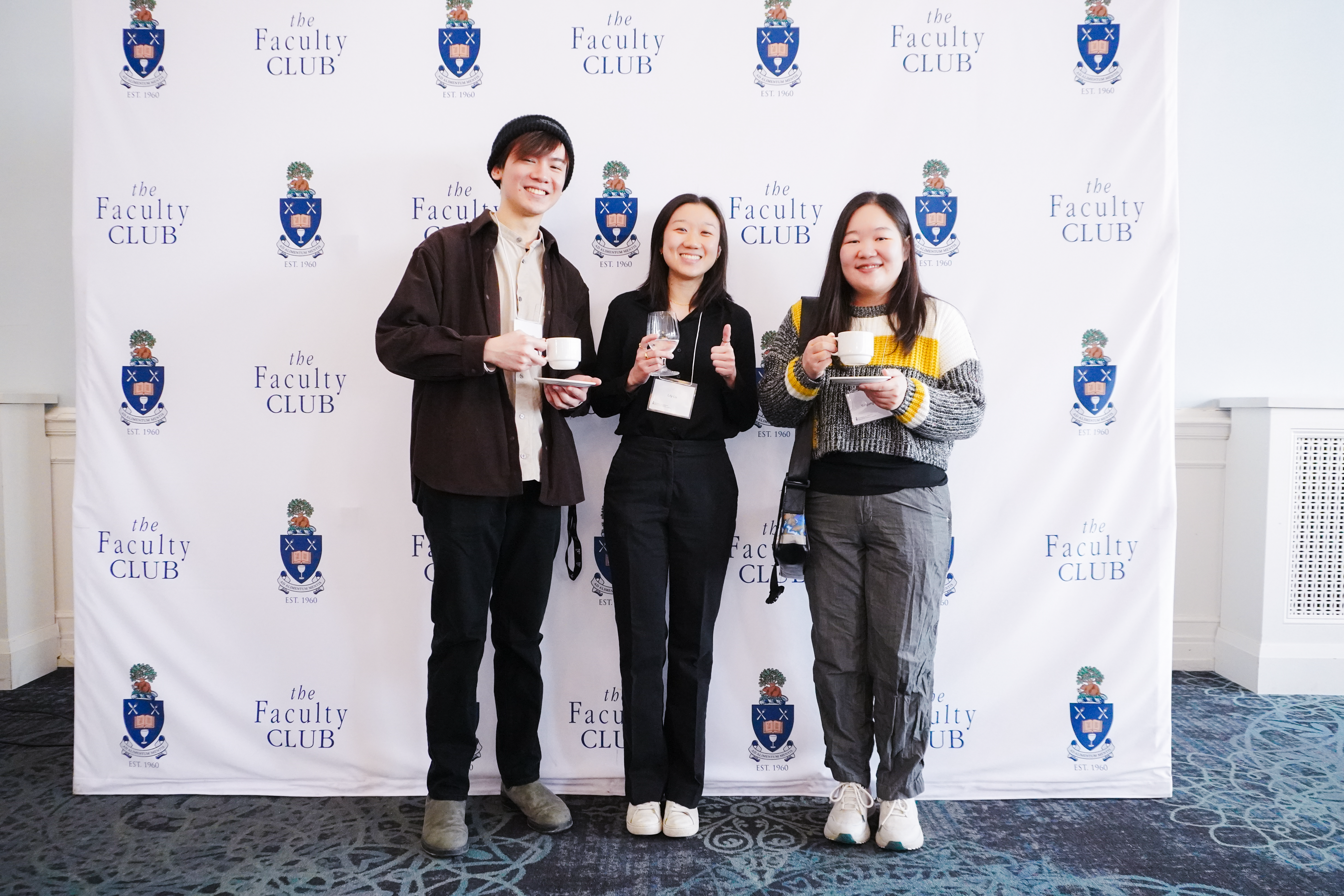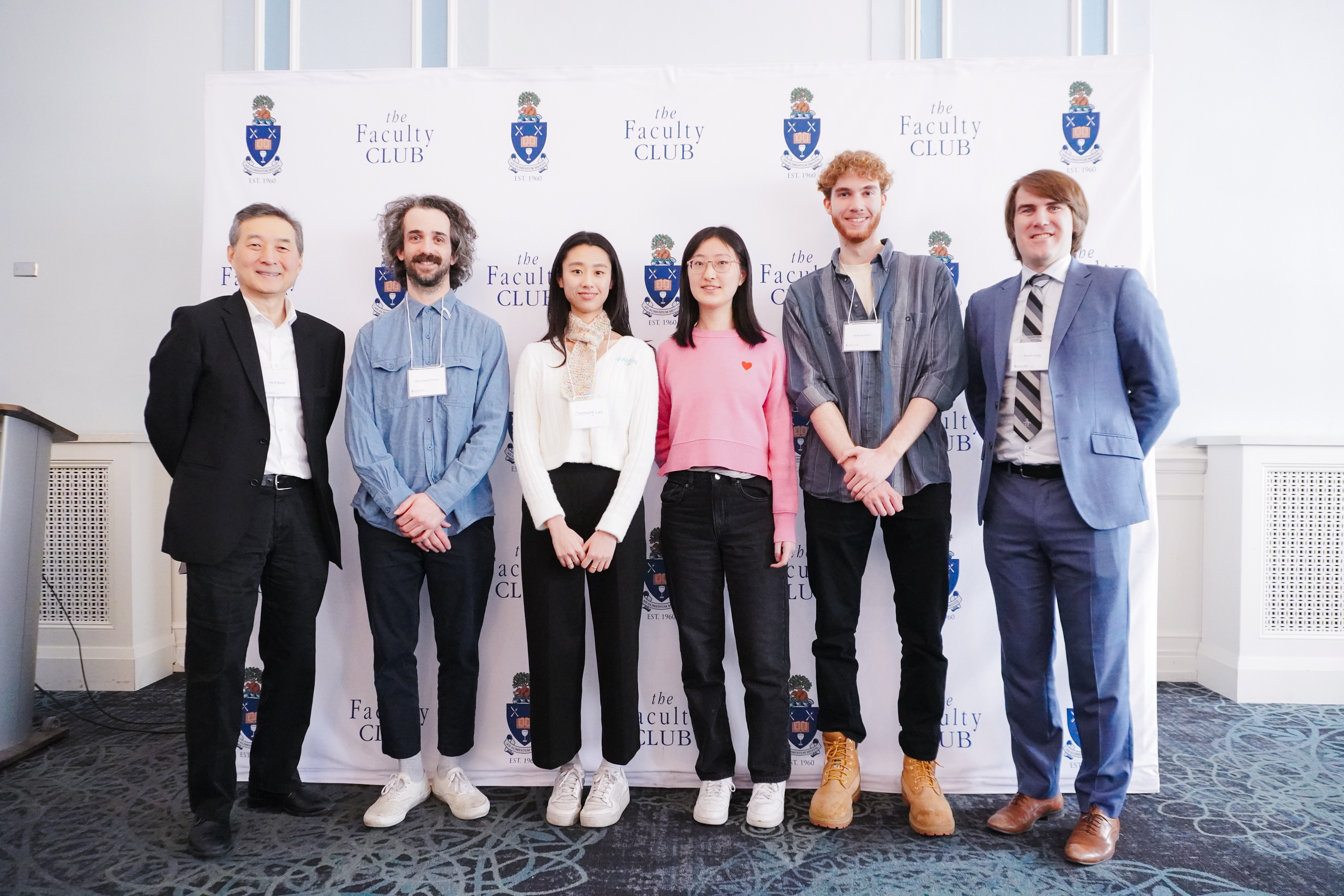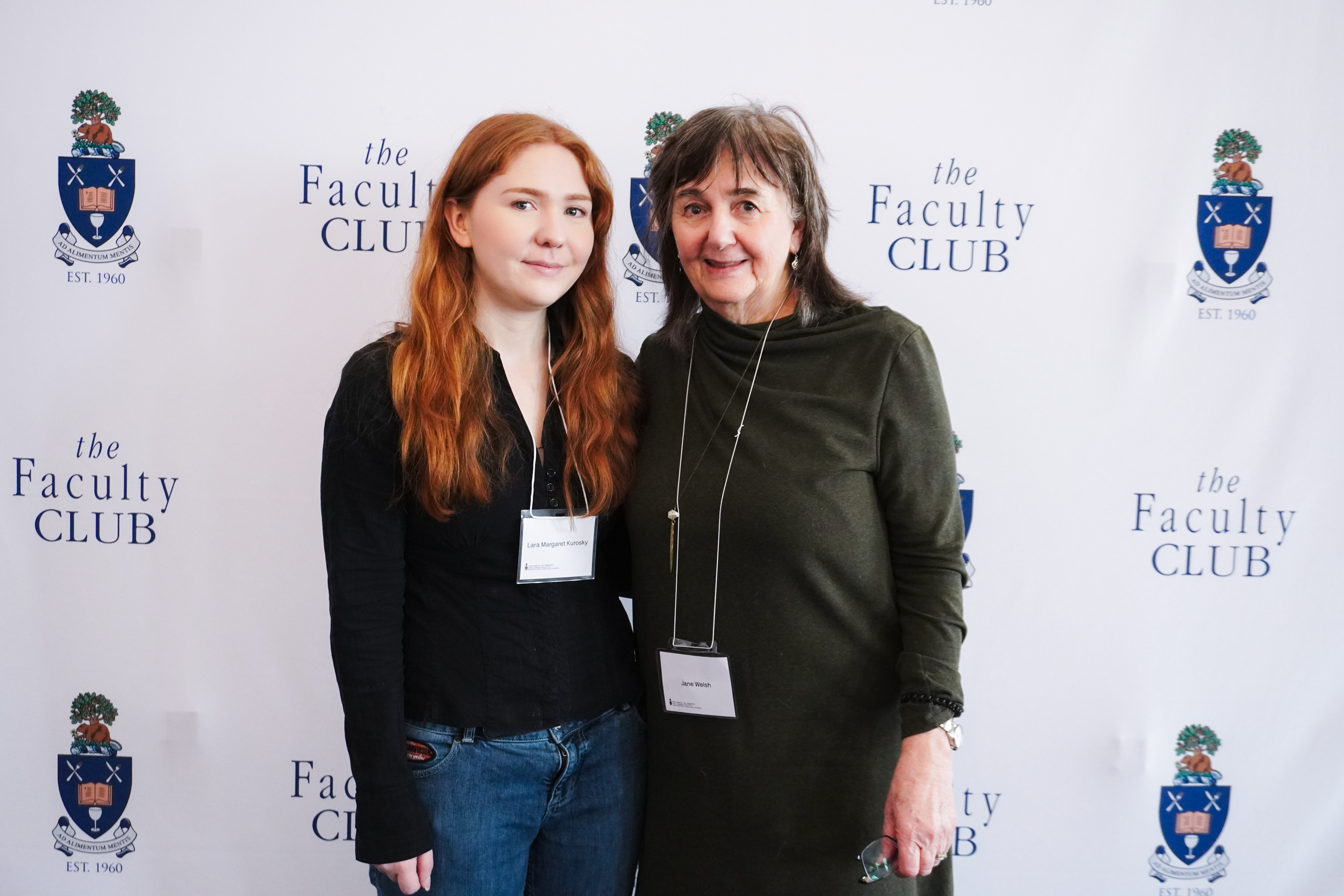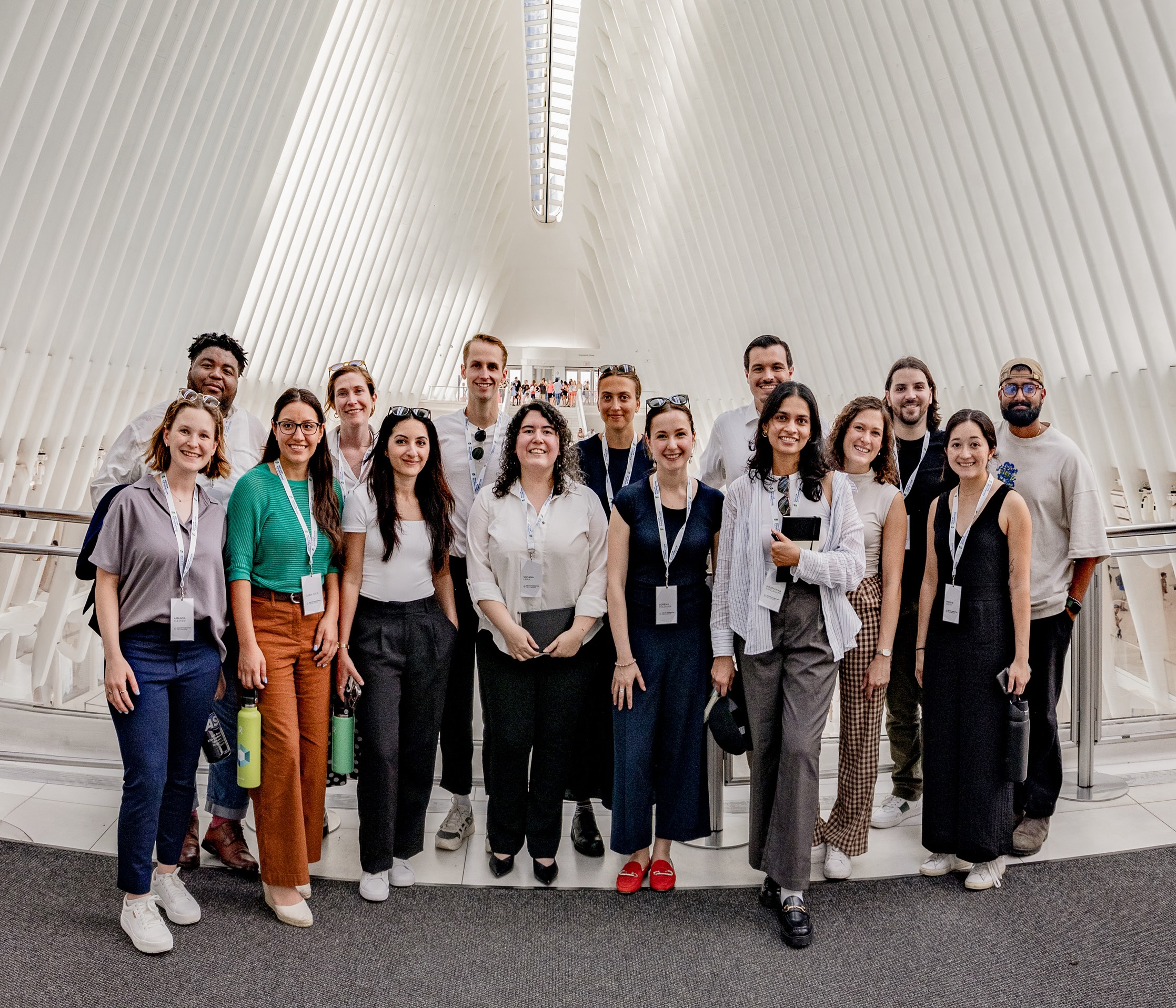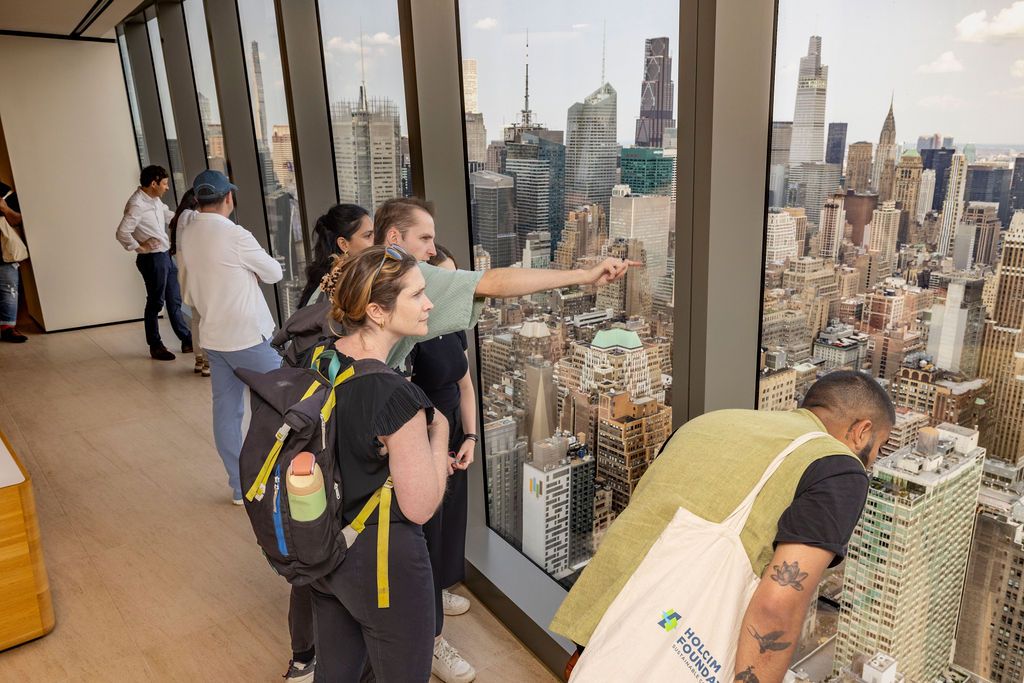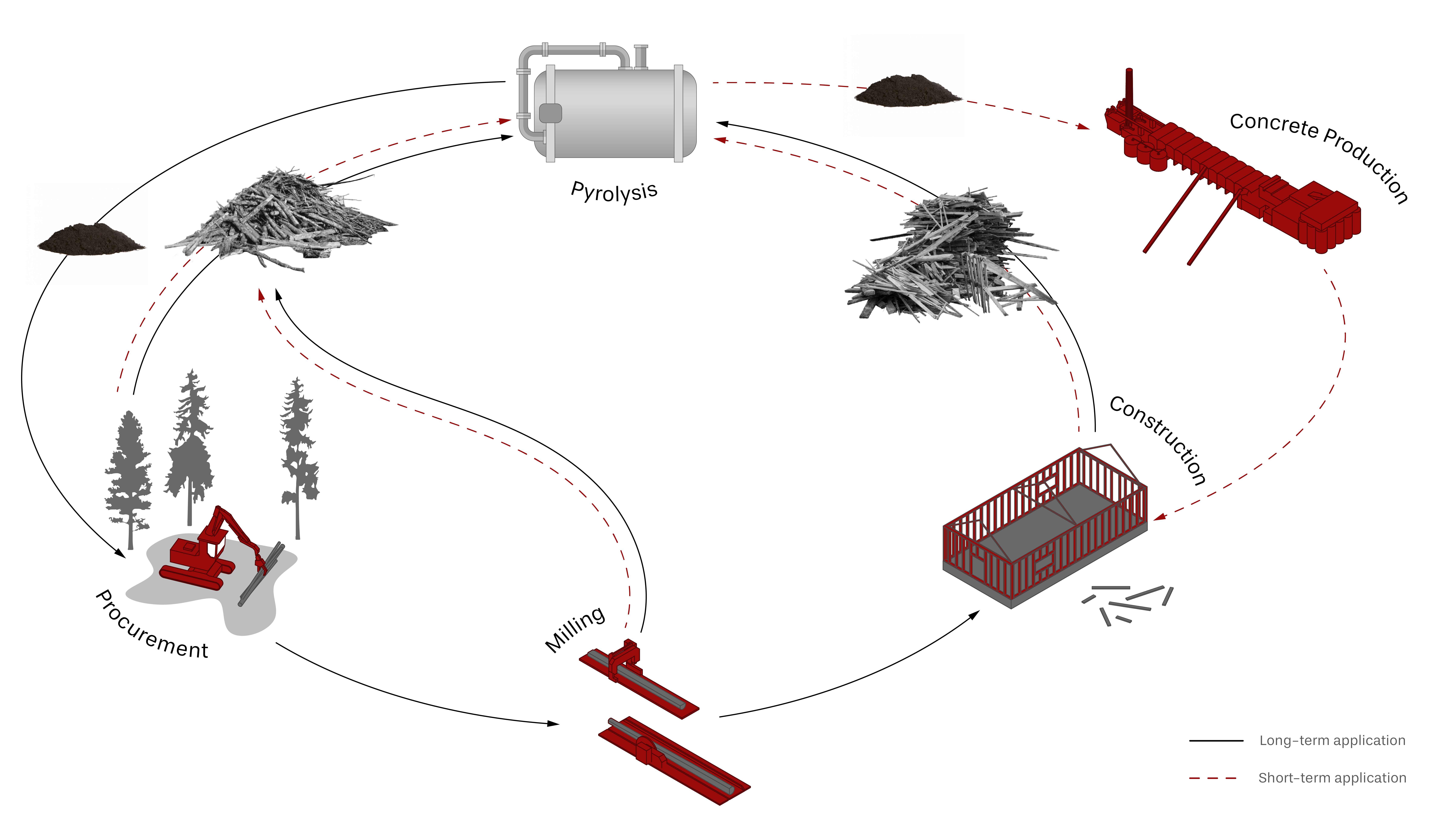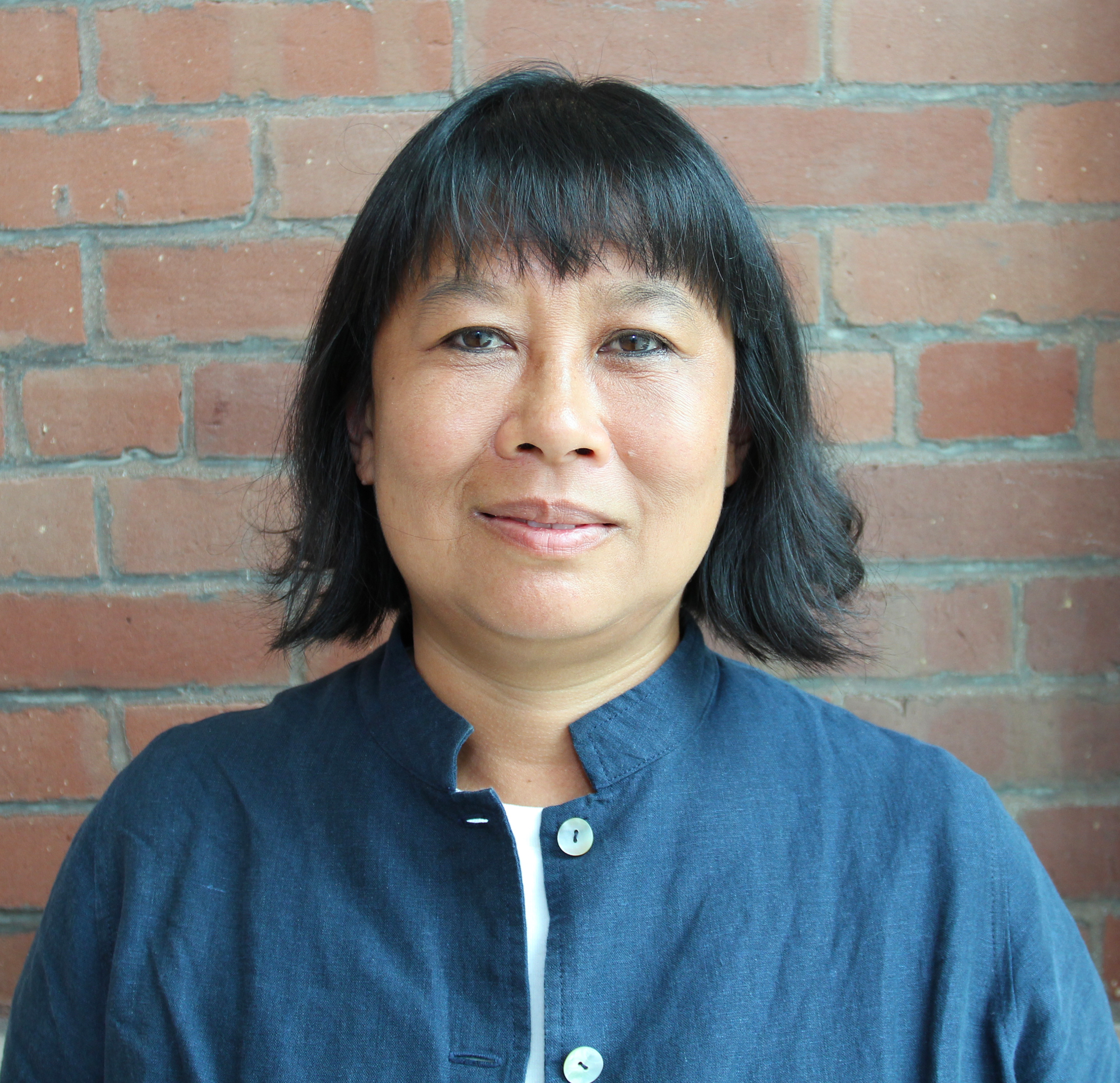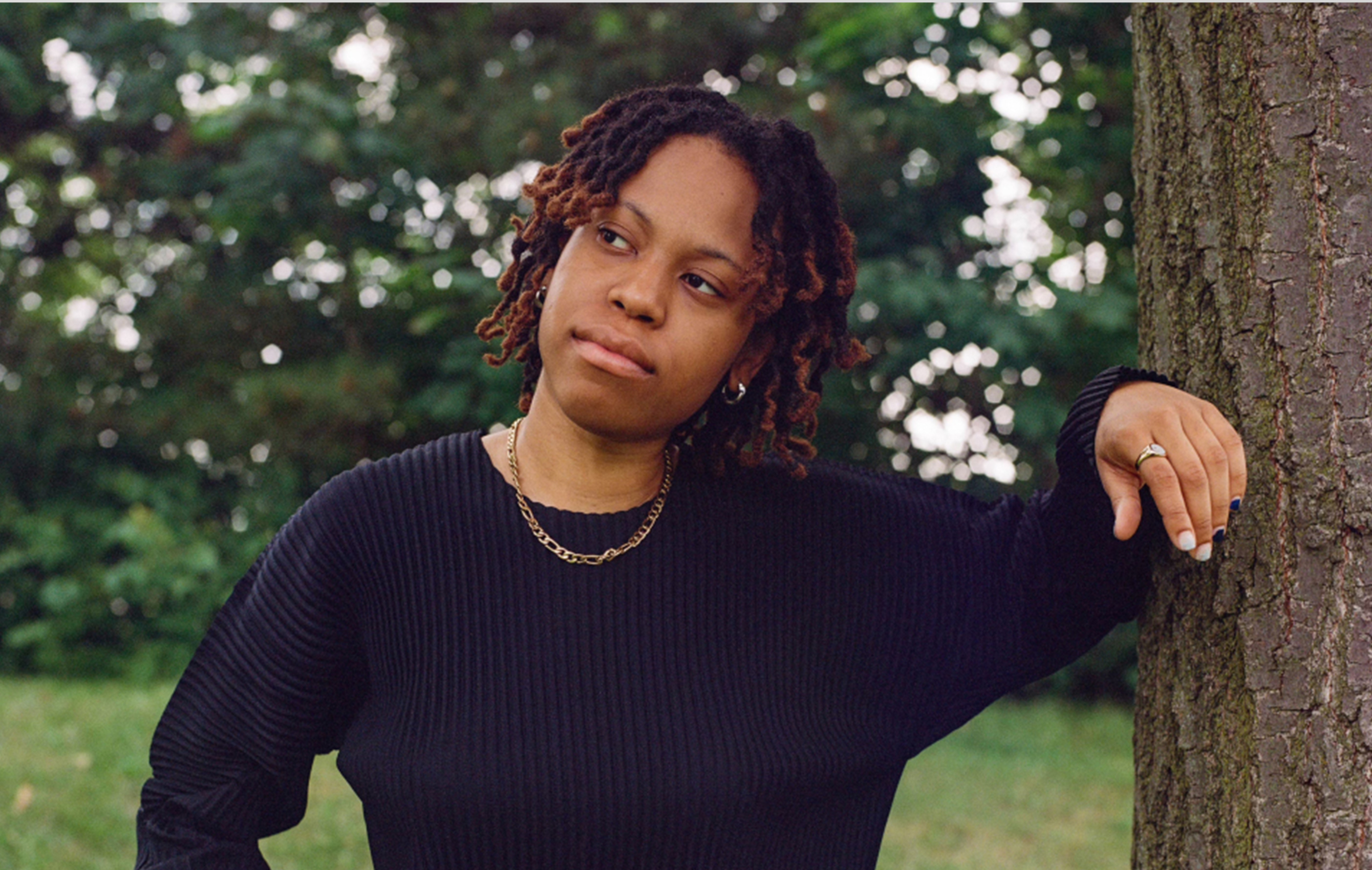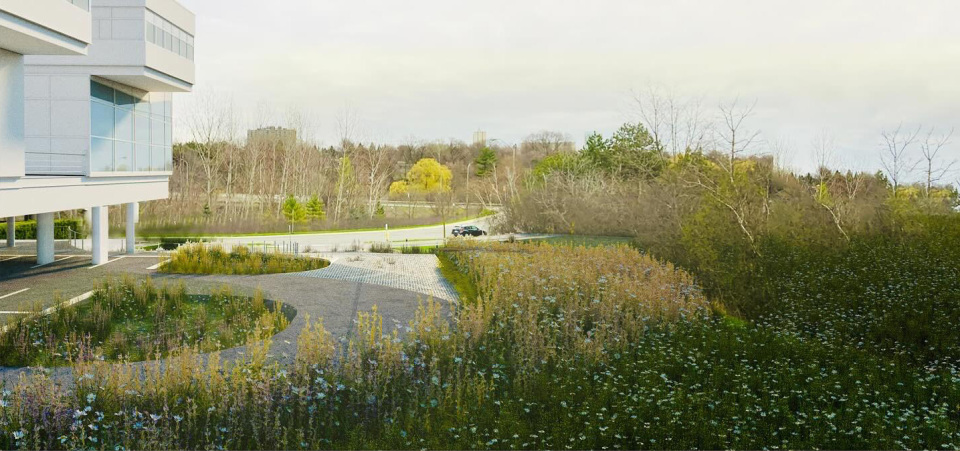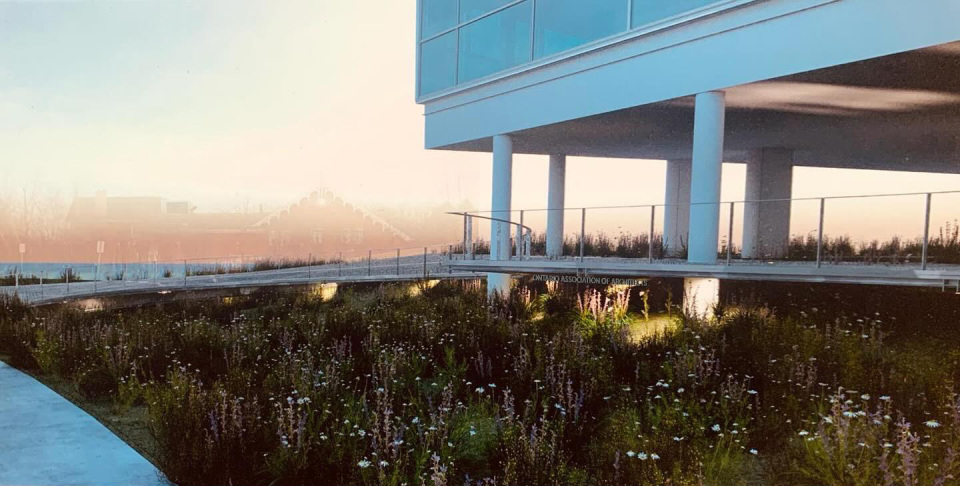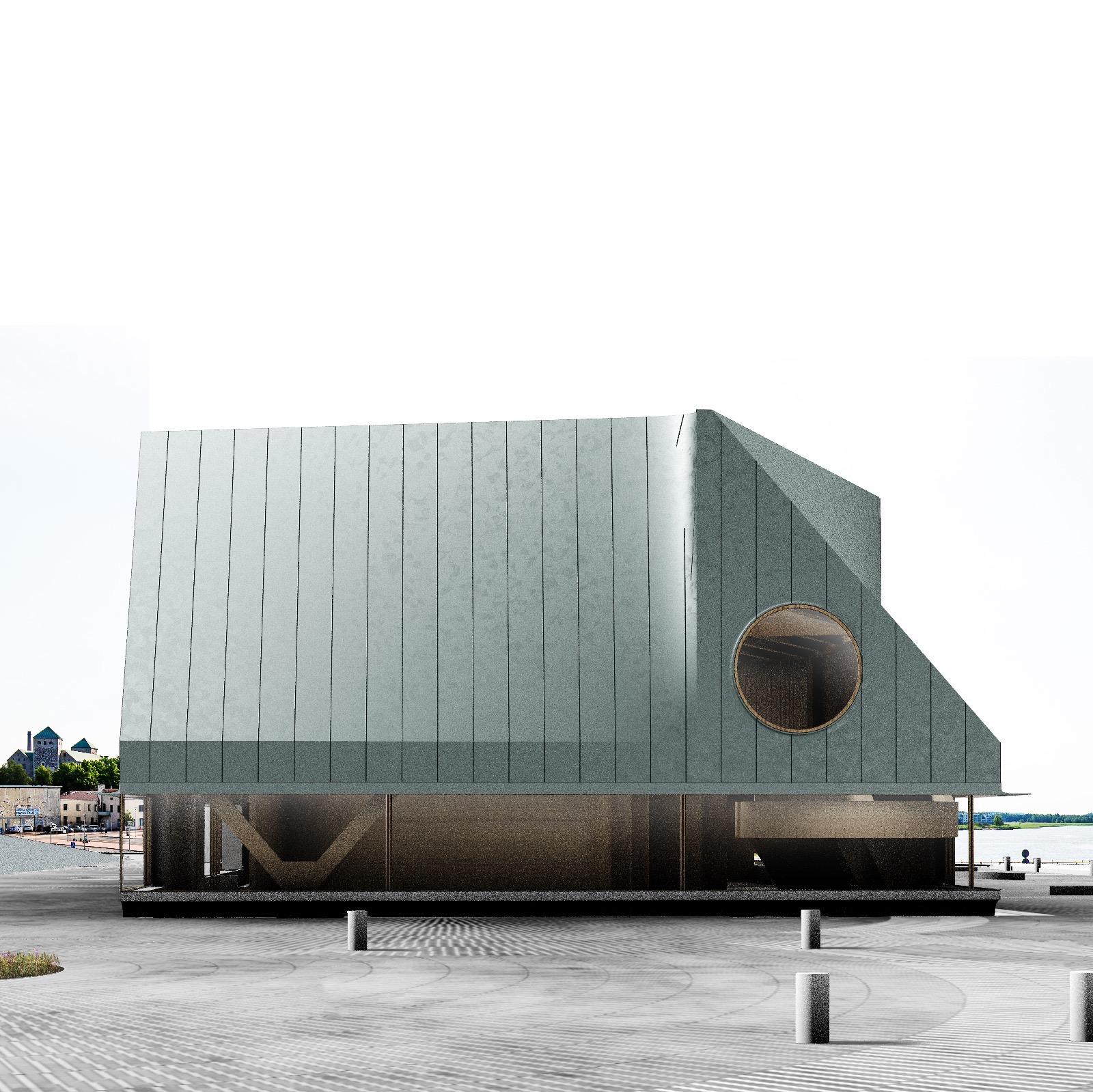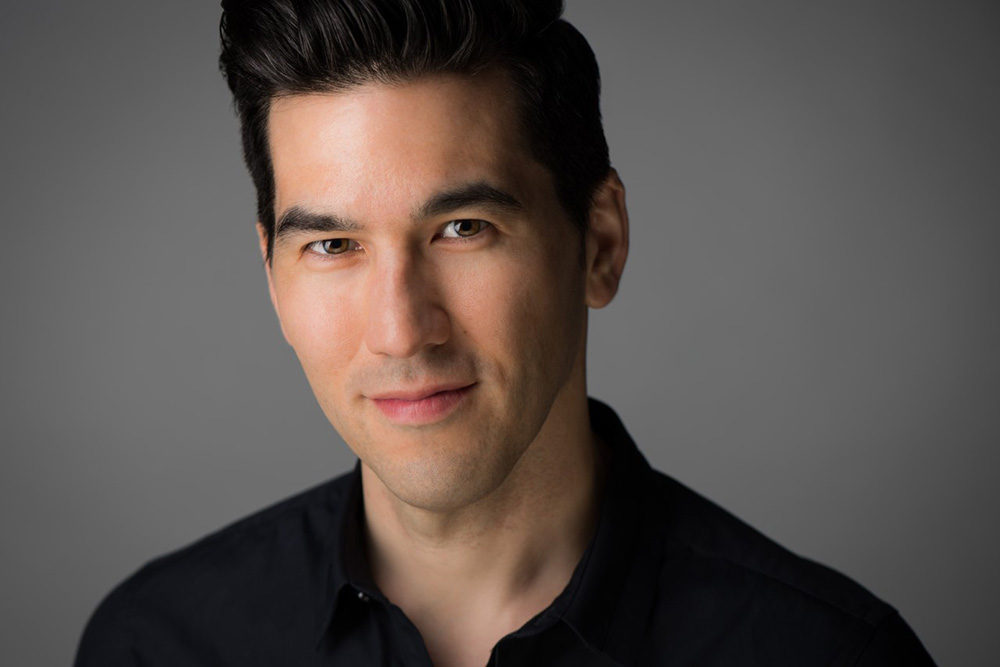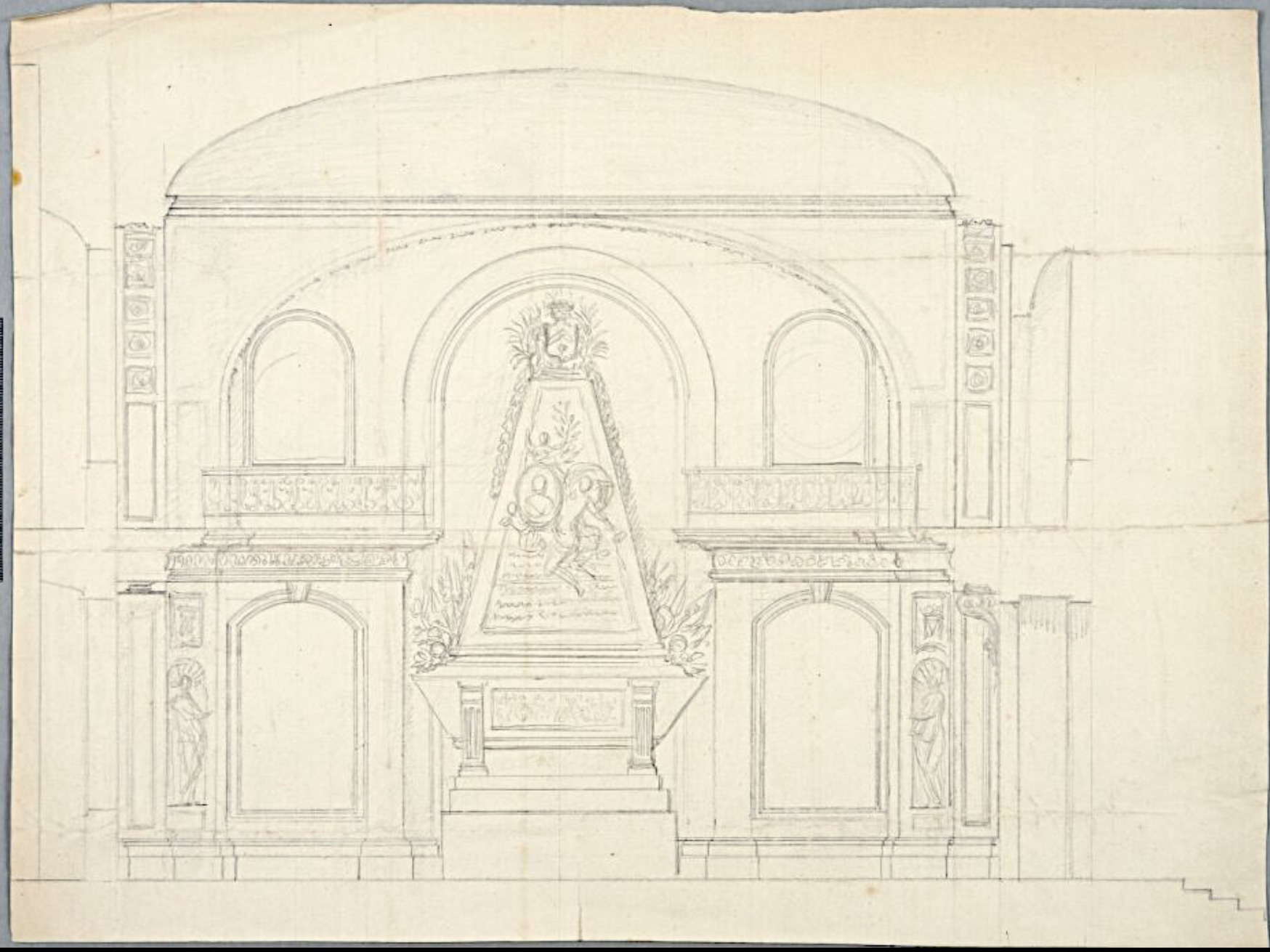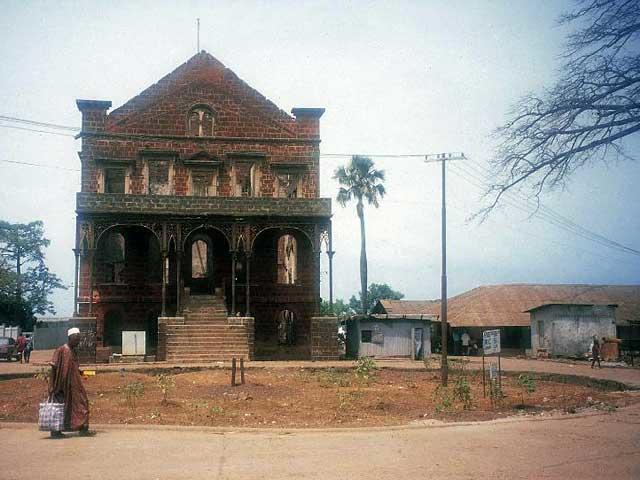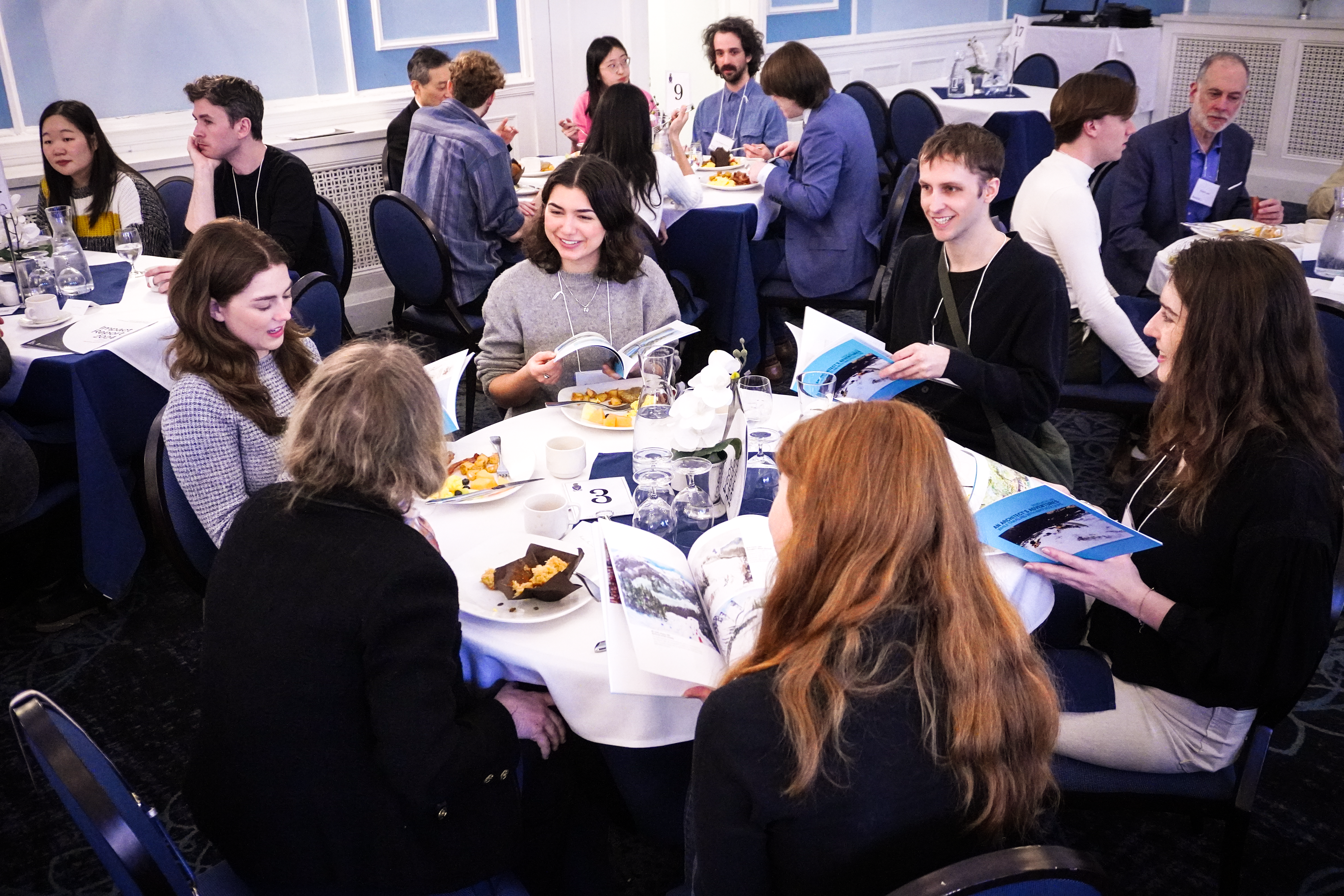
13.03.25 - Prize recipients break bread with donors at Faculty’s annual Student Awards Breakfast
Students, donors, faculty and staff came together at the Faculty Club recently for the yearly breakfast gathering celebrating student award recipients and those who support them.
This year’s Student Awards Breakfast took place in the main room of the Club on the morning of February 26.
A total of 216 students from across the Faculty’s disciplines were supported through 41 awards in 2024/25. Many were in attendance at the breakfast last month.
“In hosting this event today, we are very pleased to be bringing together our faculty, our many generous donors and our talented award recipients, the latter having distinguished themselves academically and as student leaders,” said Acting Dean Robert Levit, who introduced the proceedings.
“At the University of Toronto,” he continued, “awards have been a part of academic life for nearly 200 years, contributing immeasurably to U of T’s achievements and to its global reach. Today, as the funding of post-secondary institutions by government continues to decline, the support by donors of endowed scholarships, awards, prizes and bursaries at universities is crucial.”
Among the new awards singled out by Dean Levit (pictured below) was the Nelda Rodger Indigenous Student Award in Architecture and Design, a renewable award that provides financial support to full-time Canadian students of First Nations, Inuit and Métis heritage in the Faculty’s Architectural Studies program.
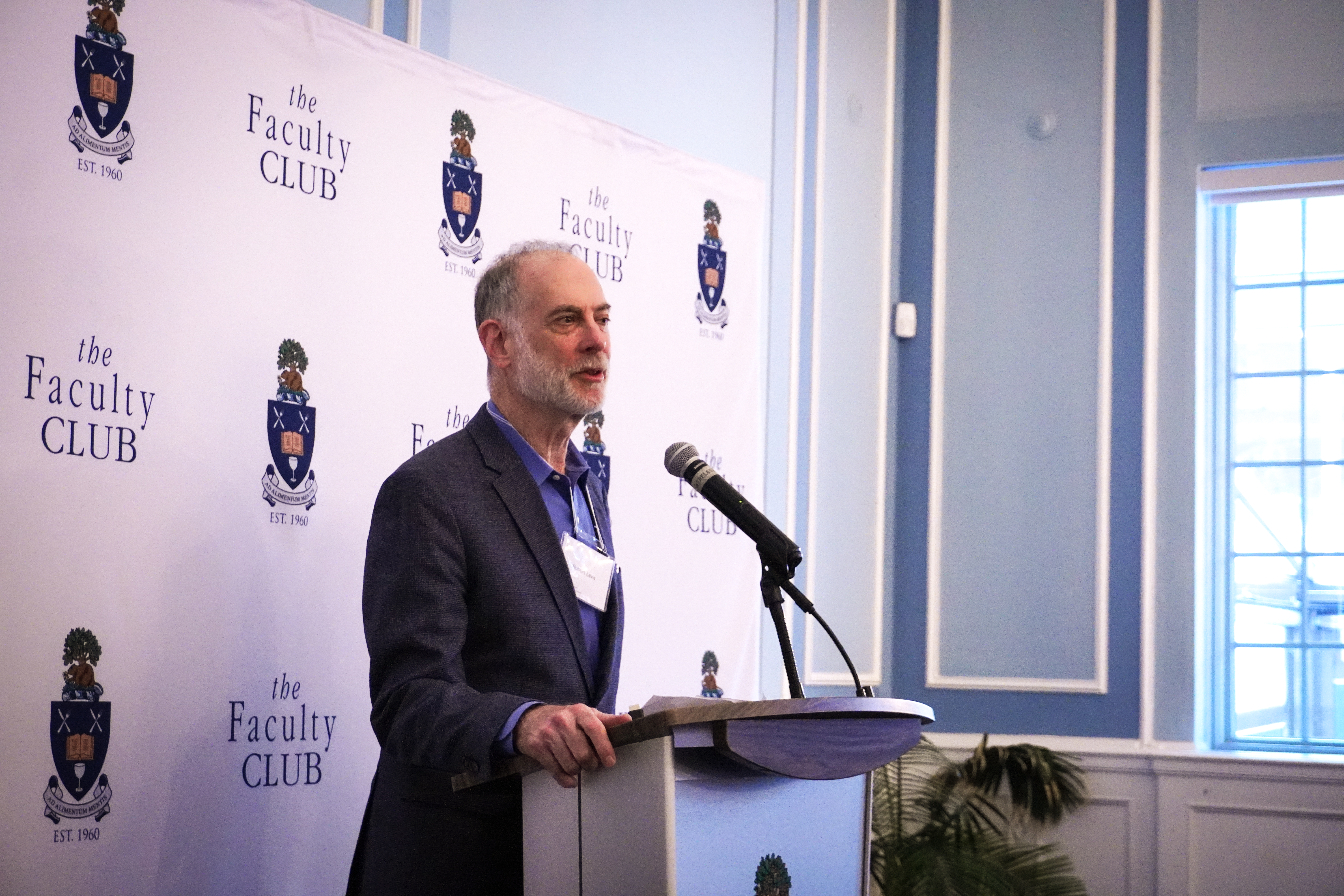
This award, he noted, is the first of its kind devoted to the study of architecture at U of T.
Matthew Arnott, a third-year Master of Landscape Architecture student, was one of two award winners to address the breakfast gathering. The recipient of this year’s Claude Cormier Award in Landscape Architecture, he expressed how much the award, which was established by the acclaimed landscape architect and alumnus before he passed away in 2023, meant to him personally.
“Claude, being queer, Canadian and unapologetic in his design approach, has long served as a source of personal inspiration, blazing a trail for so many young designers like myself that previously did not exist,” Arnott said.
“To Claude and the folks at CCxA [Cormier’s Montreal-based practice], I’d like to express great thanks for establishing an award that makes graduate education so much more accessible and, more broadly, for their celebration of creativity, whimsy and humour in their approach to design.”
Olivia Carson, a student in the Bachelor of Arts in Architectural Studies program, also addressed the breakfast. She is a recipient of a John and Myrna Daniels Foundation Opportunity Award.
“I have been fortunate to have my family, peers and professors as my greatest supporters and inspirations,” Carson said. “But even with that support, there are moments when external recognition is needed—a reminder that what we are doing [as students] matters.”
“These awards,” she continued, “do just that; they nurture curiosity, fuel ambition and enable students to embrace learning as more than just an academic pursuit, but as a lifelong endeavour. Their support reminds us that education is not just about meeting requirements but [also] about exploration, creativity and growth. I would like to express my gratitude to the John and Myrna Daniels Foundation for the award I have been granted and for their generous contributions to the Daniels Faculty.”
In concluding the event, Dean Levit thanked both Carson and Arnott for sharing their experiences.
“You have painted a touching picture of the importance of recognition by others,” he said, “and of the impact of the kind of financial support shared by all of the award recipients who have joined us this morning.”
As of this year, the Daniels Faculty administers more than 125 donor-supported funds, a large proportion of which are devoted to student aid and recognition.
All photos by Richard Ashman


